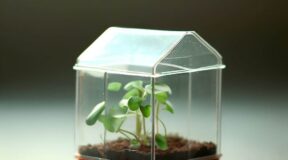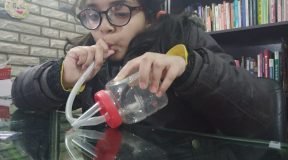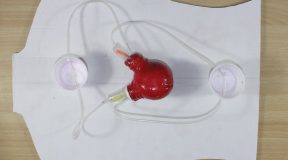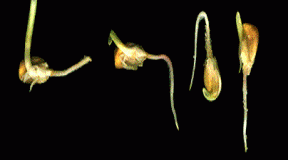
Fossil in Marble Experiment Level Elementary
Introduction
Fossils are some living things remains which lived long time ago and are extinct now. These are bones, shells and marks in the stones. Big animals and plants fossils are very difficult to find out. But small fossil Fusulina is easy to see in the marble around you. Let’s discover small fossil in your house.
Materials
- magnifying glass
Procedure
Look marbles carefully. There are some small dots in some marbles. Use magnifying glass to see the structure in these dots. If you can find small cells in it, it might be Fusulina. Ordinal marbles were affected by heat and inside small cells are destroyed. But there are some Fuslina fossils which have original structure. We can identify that marbles which have Fusulina fossil are over 280 million years old.
Science
Fusulina
Genus of extinct fusulinid foraminiferans (protozoans with a shell) found as fossils in marine rocks of Late Carboniferous age (286 to 320 million years old). Fusulina, an excellent index fossil for Late Carboniferous rocks, enables widely separated rocks to be correlated. Fusulina fossil is easy to find out in the limestone. Many limestones contain it. Its shape and size is almost same as rice. The earlier generations are rather small and the diameter is less than 10mm. The later generations became bigger and the diameter is about 20mm.
Marble
Marble is a metamorphic rockresulting from the metamorphismof limestone, composed mostly of calcite(a crystalline form of calcium carbonate, CaCO3). It is extensively used for sculpture, as a buildingmaterial, and in many other applications. The word "marble" is colloquially used to refer to many other stones that are capable of taking a high polish including lime stone. It is easy to identify Fusulina in limestone. But it is difficult to do it in real marble, because the structure in it was melted by heat. Please refer the pictures as follows.

More Biology experiments and Projects by Pakistan Science Club
- Simplest chromatography
- Find the DNA in a Banana
- How To Make Pulse Counter
- Build Your Own Simple Lung Model
- Biology Experiments videos






